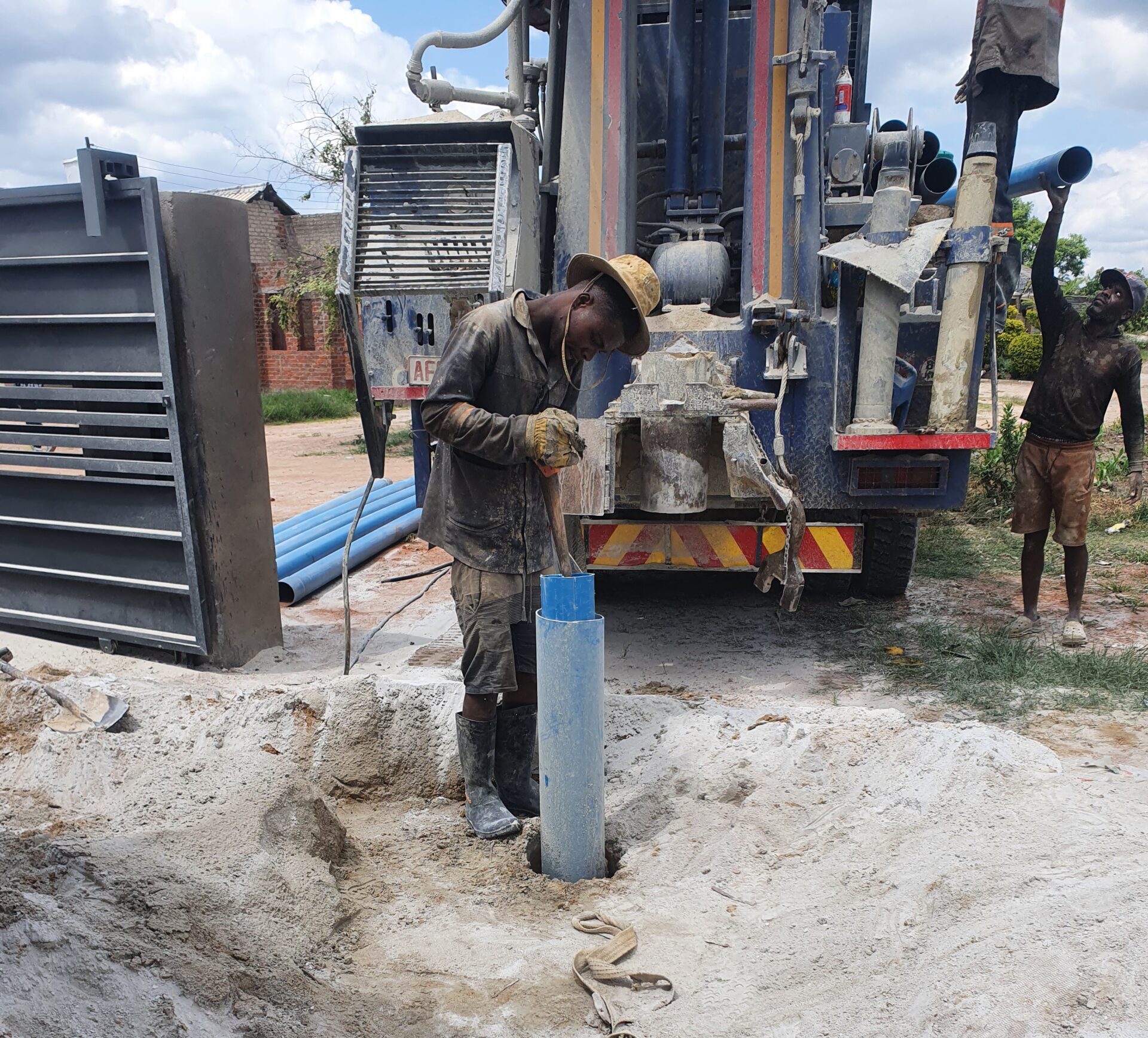
Water scarcity is a global concern, and one effective solution is the construction of boreholes to tap into underground water sources. Borehole construction involves a careful combination of materials, techniques, and best practices to ensure a reliable and sustainable water supply. Let’s dive into the details:
Materials Used in Borehole Construction:
- Casing Materials:
- Stainless steel and PVC are commonly used materials for borehole casing.
- Stainless steel is durable and corrosion-resistant, suitable for long-term use.
- PVC is cost-effective and easy to install.
- Grouting Materials:
- Grouting seals the annular space between the borehole wall and the casing.
- Cement-based grouts prevent water contamination and maintain borehole stability.
- Screen Materials:
- Screens allow water flow while keeping out sand and debris.
- Stainless steel screens are popular due to their strength and corrosion resistance.
Borehole Construction Techniques:
- Site Assessment:
- Conduct a thorough geological survey to understand ground composition and identify potential water sources.
- Choose appropriate drilling methods (e.g., rotary, percussion) based on geological conditions.
- Drilling:
- Monitor the drilling process carefully to ensure accurate borehole placement.
- Casing Installation:
- Install casing (stainless steel or PVC) once the desired depth is reached.
- Grouting:
- Fill the annular space with grout to seal the borehole and prevent contamination.
- Screen Installation:
- Place screens where water is expected, preventing clogging based on geological conditions.
Best Practices for Borehole Construction:
- Hydrogeological Investigation:
- Understand the groundwater system through thorough investigation before starting the project.
- Regular Monitoring and Testing:
- Continuously monitor the drilling process and conduct water quality tests.
- Community Engagement:
- Involve the local community from planning stages for valuable insights and ownership.

